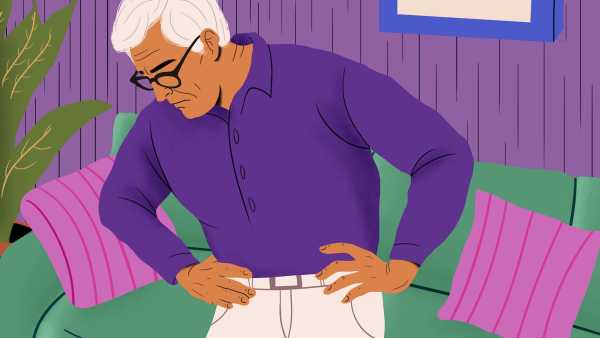
A new study suggests that the placement of defibrillator paddles on the body can impact the effectiveness of cardiac arrest treatment. (Image credit: Rapeepong Puttakumwong via Getty Images)
Contrary to popular belief, placing defibrillator paddles at the front and back of the body, rather than the front and side, may increase the chances of restoring a person's heart rhythm, a new study suggests.
The study looked at the use of defibrillator pads after out-of-hospital cardiac arrest and suggested that posterior and anterior placement more than doubled the success rate compared to anterior placement alone.
A new study assessed the impact of pillow placement on the survival of more than 250 patients who had suffered cardiac arrest. Cardiac arrest occurs when the heart suddenly stops beating due to an electrical fault. (This is different from a heart attack, which is caused by a blockage in the heart's blood flow.)
“The key is to get energy from one pad to the other through the heart,” said Dr. Mohamud Daya, a co-author of the study and a professor of emergency medicine at Oregon Health & Science University. While the study provides early clues about the importance of pad placement, it has limitations and needs to be confirmed in larger studies.
In the United States, more than 350,000 people experience out-of-hospital cardiac arrest each year, and less than 10% survive.
Two of the most treatable causes of cardiac arrest are ventricular fibrillation (an abnormal heartbeat) and pulseless ventricular tachycardia (when the heart beats too fast to pump blood around the body). In these cases, defibrillation, which delivers an electrical current to the heart through two pads placed on the body, can restore normal heart rhythm and improve the chances of survival — if the procedure is done in time.
Typically, defibrillator paddles are placed on the chest — one on the upper right side under the collarbone and one on the left side under the armpit. However, paddles can also wrap around the body, with one on the front and one on the back. Until now, doctors have generally believed that both paddle placements are equally effective in treating cardiac arrest, the study authors note.
But in their new study, the researchers analyzed 255 adults in Oregon who had out-of-hospital cardiac arrest caused by either ventricular fibrillation or pulseless ventricular tachycardia. The study included 192 men and 63 women, with an average age of 66, who received defibrillation from emergency medical services: 158 with front-back paddle placement and 97 with front-side paddle placement.
Overall, the researchers found that patients with both front and back placements were 2.64 times more likely to have return of spontaneous circulation (ROSC) — when the heart starts beating again — than those with chest-only electrodes. They reported their findings in a paper published Sept. 9 in JAMA Network Open.
According to the authors, the findings indicate that placing the electrodes in front and behind improves electrical current to the heart because it reaches the organ from both sides.
However, the new study was fairly limited in size and observational, meaning the researchers analyzed events that had already occurred. They did not test both methods in a comparative study, so they cannot prove that the paddle placement itself actually affects defibrillation outcomes. It is possible that other factors, such as the patient’s age or gender, played a role. To rule out these variables, a gold-standard clinical trial would need to test both types of paddle placement.
The researchers also found no statistically significant difference between the groups in some other critical cardiac arrest outcomes, such as survival.
Sourse: www.livescience.com





